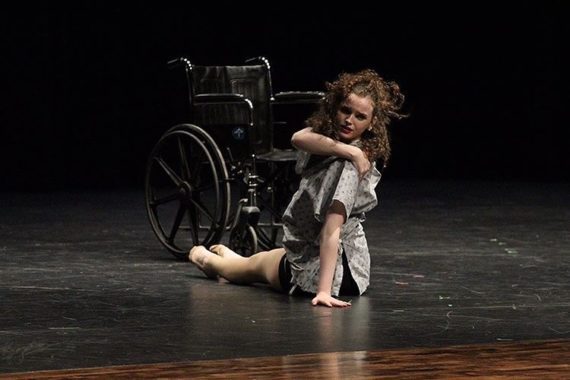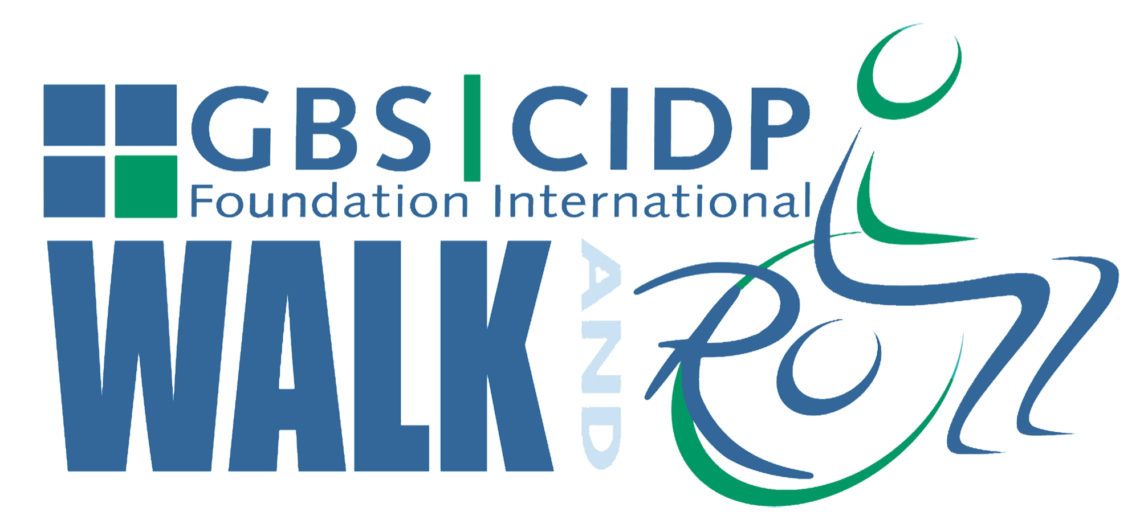Isabella Herman – My Story
0:00 / 3:34 bella grace - paralyzed

In March of 2013, I was a normal kid. Having just turned 10 years old, I was a ball of energy: always dancing and running around. My dreams of being a principal dancer were in full swing, and I was sure nothing could take that away from me. In April of that same year, this changed drastically. I began to experience loss of sensation and random collapses, not sure the cause or reason. By April 7th, the symptoms were severe enough to make my parents take me to the ER.
I remember waiting for what felt like forever in a room with uncomfortable plastic chairs and looking around to see all the other kids who were sick or hurt. There were crying babies and intimidating teenagers, but what I remember most was that none of them looked like me. I looked fine, like I was a perfectly healthy kid. After being taken to a room and asked a series of questions that my mom gracefully answered, the doctors did a standard neurological exam on me and admitted me to the hospital.
The next morning, I woke up early and was taken downstairs in a wheelchair to have a MRI and spinal tap that confirmed my initial diagnosis: Guillain-Barre Syndrome. None of my family had ever heard of this condition, but after some intense research, we were petrified. Being ten, I just wanted to go back home and see my family and friends, but I had a longer journey ahead of me than I could have imagined.
I started IVIG the night of my diagnosis, but the results weren’t as immediate as I had hoped. I still was unable to walk, and it seemed I was only getting weaker in my limbs. After five rounds of IVIG and nine days in the hospital, I was transferred to an inpatient rehab facility where I spent five days before finally going home. Only days later, though, I started to decline, eventually becoming parallyzed from the waist down with weakness in my upper extremities and difficulty breathing.* I was then sent back to the hospital for Plasmapheresis.
This whole process was tough on me – both physically and mentally. As a string-bean of a kid, my body took some time to recover from the initial placement of the catheter, and I had adverse reactions to the blood constantly going in and out of my body. For 16 days, I experienced the fear and pain of treatment days, and the relief and temporary comfort of rest days.* I vividly remember the doctors telling me that there was little chance that I’d walk again, much less dance. I was determined to prove them wrong.
After about a month in the hospital and some time again in inpatient rehab, I was released to go home, but the battle was far from over. I remained in a wheelchair for about 3 months, and continued physical therapy for a while after that. Other than a minor relapse in October 2013 (double vision only), I recovered pretty well, returning to what seemed like normal life.
The next few years I spent dancing and exploring different sports as I went through middle school. At one point, I was running cross country, playing basketball, competing in high jump at track meets, on the cheer squad, and dancing for fun. We thought that GBS was just a thing of the past, something that changed my life drastically, but that I was now free of.
We were wrong.
This time, the symptoms progressed much quicker, and it wasn’t long before I was in a hospital bed, unable to move my lower body at all. The recovery was miraculous – thanks to the power of prayer and medicine, but it was that same month (October 2016) that I was diagnosed with Chronic Inflammatory Demyelinating Polyneuropathy. I was devastated.
I was put on prednisone and continued a mostly normal life for a few months, – still dancing, cheering, and playing basketball – but with the new year came some scary surprises. 2017 was filled with countless rounds of IVIG, long hospital stays, learning to walk (yet again), and many more hardships. However, I was still able to audition for my high school dance team – becoming one of the two freshmen who made the team. Though not as frequent as the struggles, the times when I was able to dance were worth every minute of pain.
In November of 2017, I received a cycle of plasmapheresis that would grant me almost an entire year in remission. I was able to compete with my dance team, perform in our annual spring show, and dance to my full ability for almost the entirety of my sophomore football season. This period of freedom from treatments and relapses made it all the more difficult when I, inevitably, relapsed again in October of 2018.
Those 11 months of symptom-free bliss were the longest I have gone without experiencing symptoms. Since October of 2018, I’ve been on a rollercoaster of progression with this condition, and all I can do is be grateful for the time that I am at full strength and never take anything for granted.
I am now in my third year of high school drill team, preparing for officer tryouts later this spring or summer. Last May, I choreographed a dance called “Paralyzed” – telling my story and experiences with GBS/CIDP. Here is the link.
Though this condition is easily the hardest thing I’ve ever had to go through – and I’m sure it will continue to be a battle for a long time, I am grateful for the lessons I’ve learned through my experiences. This has taught me that no one can take away my drive and determination, that nothing can take away who I am. Even when paralyzed in a hospital bed, I am still a passionate and dedicated dancer and athlete. I’ve also learned to be kind and compassionate to everyone I meet – you never know the battles they are fighting. Finally, I’ve learned to never take anything for granted. Whether it be walking, running a mile in athletics, or doing stamina kicks (the most painful part of any dance team practice), you never know when it could be taken away from you.
* For a more detailed account of my initial journey, go to bella226.blogspot.com.

